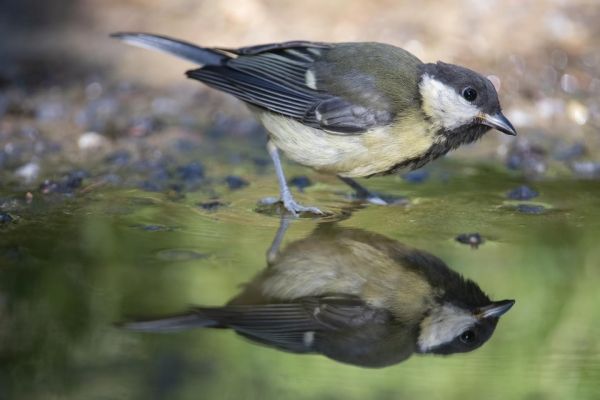It is therefore of vital importance to assess to which degree animals can respond to changing environmental conditions – for example by shifting the timing of breeding – and whether these shifts enable the persistence of populations in the long run. To answer these questions an international team of 64 researchers led by Viktoriia Radchuk, Alexandre Courtiol and Stephanie Kramer-Schadt from the Leibniz Institute for Zoo and Wildlife Research (Leibniz-IZW) evaluated more than 10,000 published scientific studies. The results of their analysis are worrisome: Although animals do commonly respond to climate change, such responses are in general insufficient to cope with the rapid pace of rising temperatures and sometimes go in wrong directions. The results are published in the scientific journal “Nature Communications”.
In wildlife, the most commonly observed response to climate change is an alteration in the timing of biological events such as hibernation, reproduction or migration (phenological traits). Changes in body size, body mass or other morphological traits have also been associated with climate change, but – as confirmed by this study – show no systematic pattern. The researchers extracted relevant information from the scientific literature to relate changes in climate over the years to possible changes in phenological and morphological traits. Next, they evaluated whether observed trait changes were associated with higher survival or an increased number offspring. “Our research focused on birds because complete data on other groups were scarce”, says lead author Viktoriia Radchuk (Leibniz-IZW). She adds: “We demonstrate that in temperate regions, the rising temperatures are associated with the shift of the timing of biological events to earlier dates.”
Co-author Steven Beissinger (Professor at the University of California in Berkeley) says “This suggests that species could stay in their warming habitat, as long as they change fast enough to cope with climate change.” However, senior author Alexandre Courtiol (Leibniz-IZW) adds “This is unlikely to be the case because even populations undergoing adaptive change do so at a pace that does not guarantee their persistence”. Co-author Thomas Reed (senior lecturer at University College Cork, Ireland) explains “These results were obtained by comparing the observed response to climate change with the one expected if a population would be able to adjust their traits so to track the climate change perfectly”.nic mice worsened after these mice were given broad-spectrum antibiotics to wipe out a substantial portion of their microbiome. In addition, the scientists found that growing these ALS-prone mice in germ-free conditions (in which, by definition, mice carry no microbiome of their own), is exceedingly difficult, as these mice had a hard time surviving in the sterile environment. Together, these results hinted at a potential link between alterations in the microbiome and accelerated disease progression in mice that were genetically susceptible to ALS.
Read more at: Forschungsverbund Berlin
Pictured here is the great tit Parus major. (Photo Credit: Bernard Castelein)


